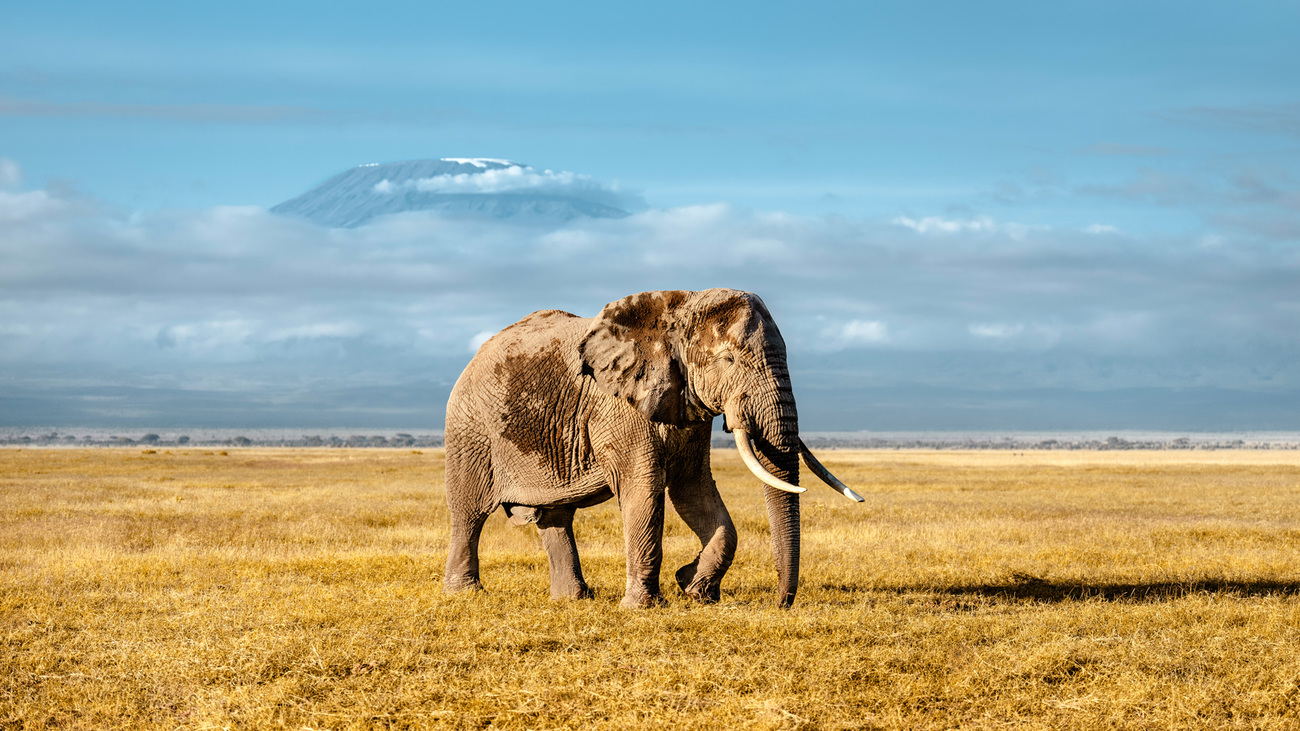Matt Collis
Policymakers’ decisions about wildlife have to be seen as an integral part of governance—not just an add-on.
COP29 outcomes fall short on finance and nature
One of many spectacularly shaped buildings in Baku, the massive, rolled carpet-shaped building that houses the Azerbaijan Carpet Museum ranks among the top attractions in Azerbaijan’s capital. It is unlikely many delegates attending the 29th UN Climate Conference (COP29) had time to visit it, given this was another COP that overran its scheduled end—by a mere 35 hours, amazingly only the fourth longest COP in history. However, many delegates from developing countries left COP29 very much feeling they’d had the rug pulled from under them, with despair, disappointment, bitterness and recrimination greeting the deal that was eventually reached on climate finance.

But a deal was done, even if it is an inadequate one. As António Guterres, the UN Secretary-General, put it: ‘The world must pay up, or humanity will pay the price. Climate finance is not charity, it’s an investment.’
Rich nations will provide US$300 billion to help poorer nations decarbonise their economies and adapt to the impacts of climate change, as part of a wider goal of mobilising from all sectors $1.3 trillion of finance needed, according to expert analysis released at the COP.
While the $300 billion sum is eye-popping, it’s worth putting that figure in perspective; government subsidies for fossil fuels, the burning of which is the primary cause of the climate crisis we face, topped $7 trillion last year.
There was similar anger at the lack of explicit mention of fossil fuels in COP29 outcomes, after a breakthrough at the previous COP where all countries agreed to transition away from fossil fuels. Questions were raised about the influence of fossil fuel states when it appeared Saudi Arabia had been given the opportunity to amend COP decision language before the Azerbaijani Presidency of COP29 shared it with other nations. The Azerbaijani Presidency, by contrast, laid the blame for the lack of a better deal squarely at the feet of the refusal by western nations to commit more money.
The troubled COP negotiations left many eminent figures questioning whether the COP structure is still fit for purpose. The trouble is, it is the only game in town, and no matter how unsatisfactory, the money pledged is an advance on previous commitments.
It also stands in contrast to the recently concluded COP16 of the Convention on Biological Diversity, which ended without any deal agreed on funding to tackle nature loss. That COP did, however, recognise the importance of nature, including animals, for tackling climate change.
By contrast, nature was almost entirely missing from COP29. IFAW joined our partners in the Nature4Climate Coalition, urging for more focus on finance for nature in the COP29 outcomes. But in the final decision texts themselves, there is very little mention at all of nature. While the focus of COP29 was always going to be the financial goal, this lack of reference to nature is still disappointing.
It means all eyes are now on COP30 in Brazil, where nature—tropical forests in particular—will feature heavily on the agenda of the Brazilian COP30 Presidency.

COP30 represents a milestone in the Paris Agreement cycle, as it is the COP where countries are meant to come with updated climate action plans (or Nationally Determined Contributions, NDCs, as these are called), where they must increase ambition from previous iterations. Some countries have released their new NDCs already, including COP30 host, Brazil, and COP28 host, the UAE. The UK also showed renewed climate leadership under its new government, announcing at COP29 that its next NDC will increase emissions reduction targets.
With so many question marks around the ability of COPs to achieve what they are meant to, IFAW’s focus is now on how we get individual countries to take on the mantle themselves and ensure conserving and restoring nature and wildlife are key to their climate plans.
We have been part of two important initiatives to support countries to achieve this goal. We contributed to a new guide from our partners in the Nature4Climate coalition, on how to include nature in NDCs. Alongside that more general guidance, IFAW’s own wildlife guidelines for NDCs show countries specifically how to incorporate wildlife conservation and restoration of wild animal populations into their climate plans. Our task now is to work with governments ahead of COP30 to ensure the critical role played by wild animals in combatting climate change is better recognised in these plans.
There is no solution to climate change without nature. And there are no natural climate solutions without wild animals. That’s the message that must come loud and clear ahead of the next climate COP.
Matt Collis
Policymakers’ decisions about wildlife have to be seen as an integral part of governance—not just an add-on.
Every problem has a solution, every solution needs support.
The problems we face are urgent, complicated and resistant to change. Real solutions demand creativity, hard work and involvement from people like you.
Unfortunately, the browser you use is outdated and does not allow you to display the site correctly. Please install any of the modern browsers, for example:
Google Chrome Firefox Safari